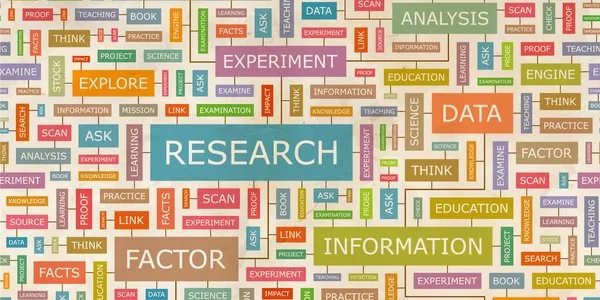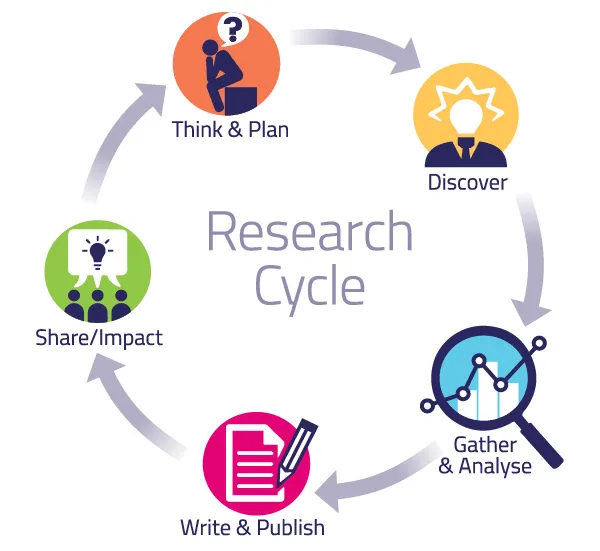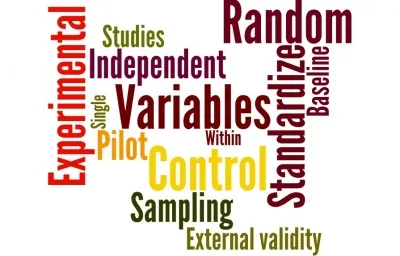Correlational and Experimental Research in Social Psychology

Image Source
Correlational research is designed to look for and test hypothesis about the connections between at least two variables. In the least difficult case, the connection is between just two variables, for example, that amongst likeness and enjoying, or between sexual orientation. In a correlational design, the research hypothesis is that there is a relationship between the variables that are being estimated.
For example, numerous researchers have tried the research hypothesis that a positive connection exists between the utilization of rough video games and the occurrence of forceful conduct, with the end goal that individuals who play savage video games all the more much of the time would likewise show more forceful conduct.
Advantages of Correlational Research
Like observational research, they are frequently used to consider individuals doing the things that they do each day.
Allowing forecast. Whenever at least two variables are corresponded, we can utilize our insight into a man's score on one of the variables to anticipate his or her feasible score on another variable.
Limitations of Correlational Research
- They can't be utilized to draw decisions about the causal connections among the variables that have been estimated. A watched relationship between's two variables does not really demonstrate that both of the variables caused the other. Numerous investigations have discovered a connection between's the quantity of fierce video games that individuals play and the amount of forceful practices they take part in, this does not imply that review the video games fundamentally caused the animosity.

Image Source
Albeit one plausibility is that playing brutal games expands hostility, another probability is that the causal heading is precisely inverse to what has been conjectured. Maybe expanded forcefulness causes more interest in, and subsequently expanded survey of, rough games. In spite of the fact that this causal relationship won't not appear as intelligent, there is no real way to discount the likelihood of such invert causation based on the watched connection.
- It has been delivered by the nearness of another variable that was not estimated in the research. Common-causal variables will be variables that are not some portion of the research hypothesis but rather that reason both the indicator and the result variable and in this manner deliver the watched relationship between's them. It has been watched that students who sit in the front of a substantial class show signs of improvement grades than the individuals who sit in the back of the class.
In spite of the fact that this could be on account of sitting in the front makes the student take better notes or to comprehend the material better, the relationship could likewise be because of a common-causal variable, for example, the interest or inspiration of the students to do well in the class. Since a student's interest in the class drives him or her to both improve grades and sit closer to the instructor, seating position and class review are connected, despite the fact that neither one of the ones caused the other.
Experimental Research
The objective of much research in social brain science is to comprehend the causal connections among variables, and for this we utilize experiments. Experimental research designs are research designs that incorporate the control of a given circumstance or experience for at least two gatherings of people who are at first made to be proportionate, trailed by an estimation of the impact of that experience.
Variables of Interest
Independent Variables independent variable alludes to the circumstance that is made by the experimenter through the experimental controls
Dependent Variables alludes to the variable that is estimated after the controls have happened
In an experimental research design, the research hypothesis is that the controlled independent variable causes changes in the deliberate dependent variable.

Image Source
Features of Experimental Research
Guarantee that the independent variable happens preceding estimating the dependent variable. This takes out the likelihood of switch causation.
The experimental control permits discounting the likelihood of common-causal variables that reason both the independent variable and the dependent variable. In experimental designs, the impact of common-causal variables is controlled, and in this manner killed, by making proportionality among the members in every one of the experimental conditions previously the control happens.
Limitations of Experimental Research
The experiments are typically led in research center circumstances instead of in the regular day to day existences of individuals. In this way, we don't know whether comes about that we find in a research facility setting will fundamentally hold up in regular day to day existence. To counter this, researchers now and again direct field experiments, which are experimental research contemplates that are led in a regular habitat, for example, a school or a manufacturing plant. Be that as it may, they are hard to lead since they require a methods for making arbitrary task to conditions, and this is every now and again impractical in common settings.
Some of the most interesting and critical social variables can't be experimentally controlled. In the event that we need to think about the impact of the measure of a swarm on the danger of its conduct, or to analyze the identity attributes of individuals who join suicide factions with those of individuals who don't join suicide factions, these connections must be evaluated utilizing correlational designs since it is essentially impractical to control mob size or faction admission.

Image Source
References:
Correlational Research
Correlational Research Guidelines
Experimental Research
Concepts of Experimental Design
Types of Experimental Research